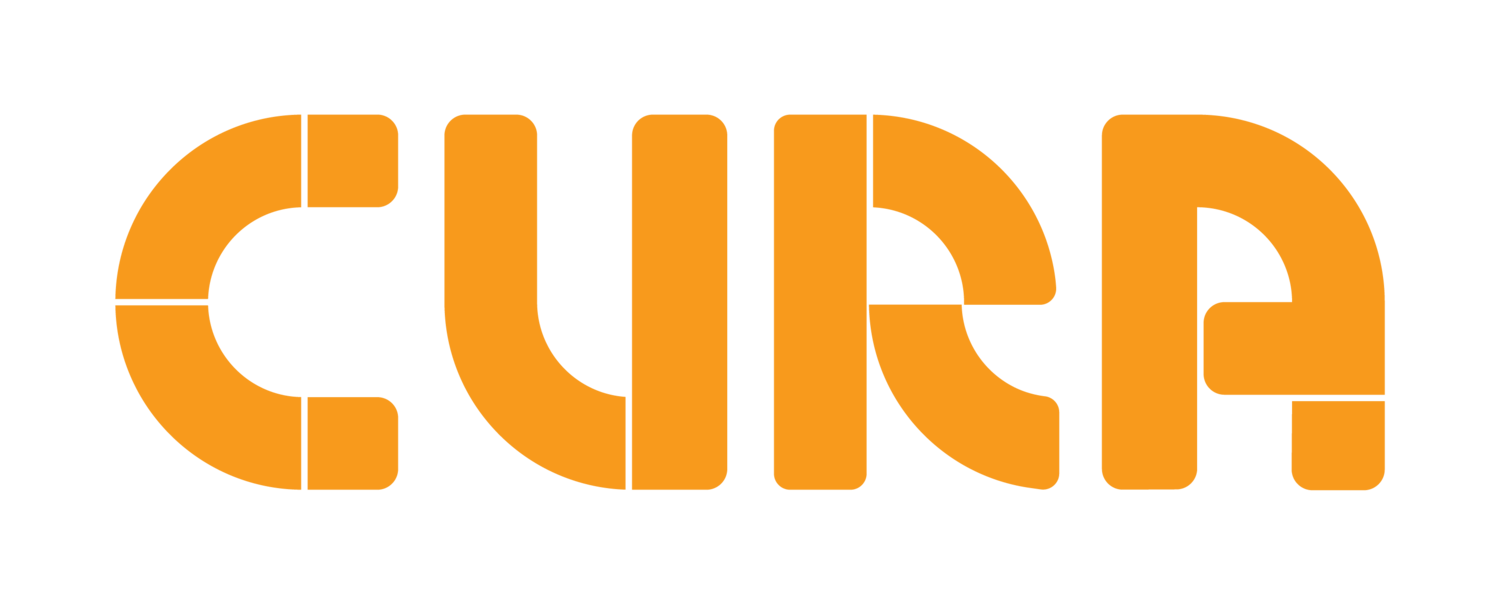Making PBL work at Hinterland Christian College
Stuart McKerihan - Hinterland Christian College
The background
Hinterland Christian College is a small school with fewer than 100 students. But it faces all the same challenges as a larger school when it comes to engaging their students and catering to different learning needs.
We’ve found that we can engage students best when we can help them connect curriculum outcomes with their interests. This gives them greater voice. That’s why we try to promote an approach to teaching and learning which emphasises authentic and meaningful problem-solving. If students can spend more time thinking about how to use what they’ve learnt to make a difference in the world around them, we think this creates a richer learning experience. It gives students an overriding sense of purpose and fosters their love for learning.
As part of this whole-school approach, we’re also going through the AISNSW’s Designing for Deep Learning training. We’re trying to integrate academic skills with personal and social capabilities more consistently. This means both teaching these skills and giving students the opportunity to demonstrate them.
Stuart McKerihan is a teacher at Hinterland Christian College
The strategy
Because we’ve got a well-defined approach to teaching & learning, we’re always looking for resources which align with it, and which can save teachers time and effort. This is especially important because, as a small school, we often have staff teaching out of method or across multiple subjects.
We liked Cura as soon as we saw it. The problem-solving focus – getting students to apply curriculum content to making or creating solutions – aligns perfectly with what we’re trying to do. The skills toolkits help us better embed the teaching of personal and social capabilities. And we also liked the contextual, storytelling theme of each Cura unit. The strong narrative arc allows us to introduce content in a logical order, scaffolding towards the end product. This helps students grasp the why of what they’re learning. They understand why it’s useful information to learn in the first place, where it fits in the unit narrative, and how it will help them better understand the problem they’re trying to solve.
The school uses Cura across Grades 4-10. I use it mostly in my Geography classes (but also a bit in English and History). This is mostly because I’m less confident in Geography than in the other two disciplines. But it’s also because I find the Geography curriculum has a lot of separate parts to it – all of which require assessing – which means it can feel a bit like we’re constantly bombarding students with theoretical content. Using Cura has helped me streamline how I deliver the content and has helped me assess multiple aspects of the curriculum (content and skills) at the same time.
The results
Greater flexibility
We’ve found that the Cura platform has given us flexibility in how we deliver the units. For example:
My Year 7 & 8 students can get distracted easily. Giving them access to the platform means they can re-engage through the short videos and application questions. It also allows them to work at their own pace
This also means they can work through the units when I’m away. And, because it’s an engaging learning experience, they don’t lose interest in it like they would if it was an online textbook
My Year 9 & 10 students work better as a group. They’re able to spend less time on the platform and more time working through the practical tasks and experiments. They love how hands-on it is and how this punctuates the content
Greater differentiation
We’ve also seen that Cura helps us differentiate more than a standard textbook would allow us to do. For example:
For some topics, we use Cura to enrich students’ learning. When I covered the Industrial Revolution, I used a Cura micro-unit to both extend their learning and to provide the assessment task. The micro-unit reinforced curriculum content and allowed students to apply their learning to a real-world challenge. They came away with a greater appreciation of why historical events are important to understanding our present and future
We’ve also found Cura helps students with different learning abilities and preferences to access curriculum content. Some of my students who need additional literacy support have been able to use the videos and the hands-on tasks to build - and then demonstrate - content understanding. This is a huge win. Instead of having to spend time creating different learning resources just for them, I can now spend more time working with them in-person. It also means they can do the same work as everyone else – and just access different parts of it - instead of being ‘excluded’ from the team-based tasks
What’s next?
As I’ve said, project-based learning is a pedagogical approach which aligns well with where our school is going. And Cura’s units are the best examples of this that we’ve come across.
They engage our students and allow teachers to differentiate from a solid content base. And, if we want to use a Cura micro-unit as is, the scaffolding is all there in a nice narrative arc.
I’m looking forward to seeing how Cura builds on their current content, and how the platform will evolve to give educators more tools to flexibly create unique units for their students. The ‘editable units’ function – coming in 2024 – will help a lot!
Do you know an educator who wants to increase hands-on, real-world learning in their classrooms? If so, please share this article with them!
If you want to learn more, get in touch at hello@curaeducation.com.

